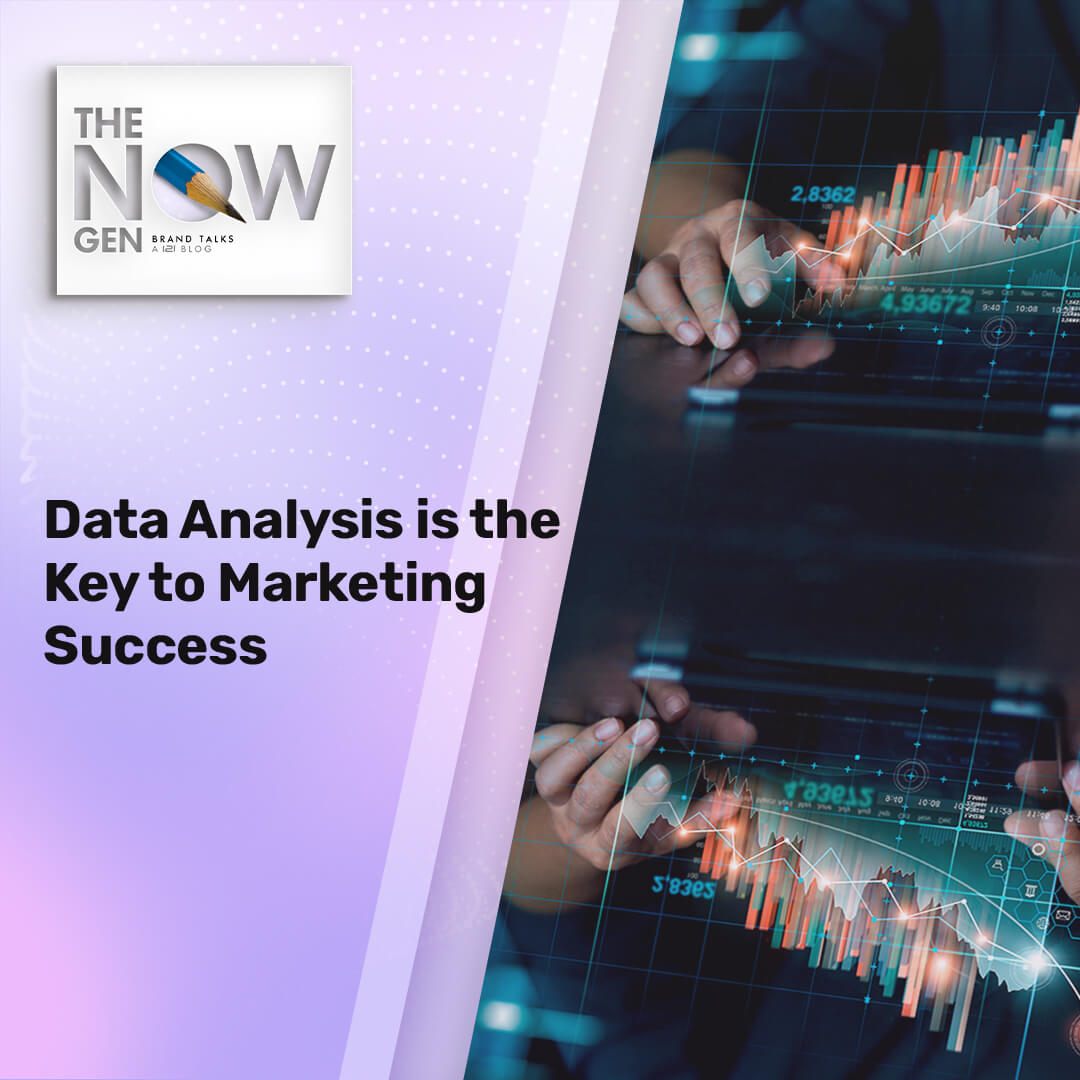
Many Millennials have been accused of being overly sentimental. They are said to live in the past, holding onto childhood memories instead of allowing themselves to adapt and evolve. But what if this is a good thing?
Nostalgia is a bittersweet longing for the past. It can be described as sadness and wistfulness that often accompany childhood, home, and family memories. Nostalgia refers to a yearning for simpler times or the good old days.
We can feel nostalgia for a place, period in time, objects, or experiences. Usually, people get nostalgic at least once every week.
Retailers can use nostalgia as an opportunity for growth. Nostalgia creates joy and comfort, encouraging people to spend more money. Retailers should consider creating nostalgic experiences to boost sales among their Millennial customers.
According to Brandtellers Studio, “Nostalgia marketing consists of using products from the past for the current strategy, awakening the feeling of homesickness in consumers, through the creation of an emotional connection.” These sentiments are crucial to create an emotional bond between the brand and its consumer.
Whatever it is that makes Millennials feel nostalgic, there’s no doubt that this generation has a strong affinity for things from days gone by. This can be seen not only in their spending habits but also in their style preferences.
What’s the deal with Millennials and nostalgia?
Nostalgia is a powerful force, and Millennials have it in spades. Studies have found that Millennials are “the most nostalgic generation” as they grew up in the internet age. Exposure to so much information on social media and online certainly has its benefits. Still, it can also lead to anxiety over missing out, which leads some people to seek comfort in their pasts.
Millennials are spending more than ever on retro products like vinyl records and typewriters because of this desire for nostalgia, according to this research from Nielsen.
Does nostalgia have a positive impact on brands?
Nostalgia is a persuasive marketing tool. It’s a way of connecting with people and making people feel good about themselves. Marketers can use nostalgia to sell products and services.
This is why brands that have been around for decades are still popular today. They tap into our nostalgia for simpler times and remind us what life was like.
When brands remind people of a past pleasant experience, there is a higher chance of making them feel comfortable and connected. A recent article by Spiralytics mentioned, “People buy certain products that connect them to their childhood because they can keep these items to help the memories stay alive.”
Ways in which your brand can incorporate nostalgia
In a Forbes article, it was stated that nostalgia marketing reaches millennials better than other strategies. “The best campaigns are timely and relevant but must also be authentic with a strong emotional hook to capture the heart.”
Perhaps you are currently considering how to include nostalgia in your brand’s marketing strategy. There are a few ways you can do that; below, I will list three ways.
The first thing to consider is your audience and relevance. You need to understand what customers are looking for in your brand. Millennials are looking to connect with brands like they used to. Being authentic will help your brand stand out as relatable.
To boost sales, you must consider how your products can be sold as nostalgic experiences. By creating an immersive experience that gives customers a sense of belonging and creating a sense of nostalgia, you can increase customer loyalty and make them feel like they’re experiencing something special.
Bring back products or services but with a twist. Create urgency for consumers by reminding them why the product is unique. This goes hand in hand with learning from your audience. Listen to what they miss from your brand, and bring it back.
In conclusion, nostalgia is a powerful force in the lives of Millennials. Brands can take advantage of this by creating nostalgic experiences that appeal to this generation’s love of memories. Emotional strategies like this one have proven to be successful time and time again. Nostalgia is stronger than ever, and your brand will be too.


















